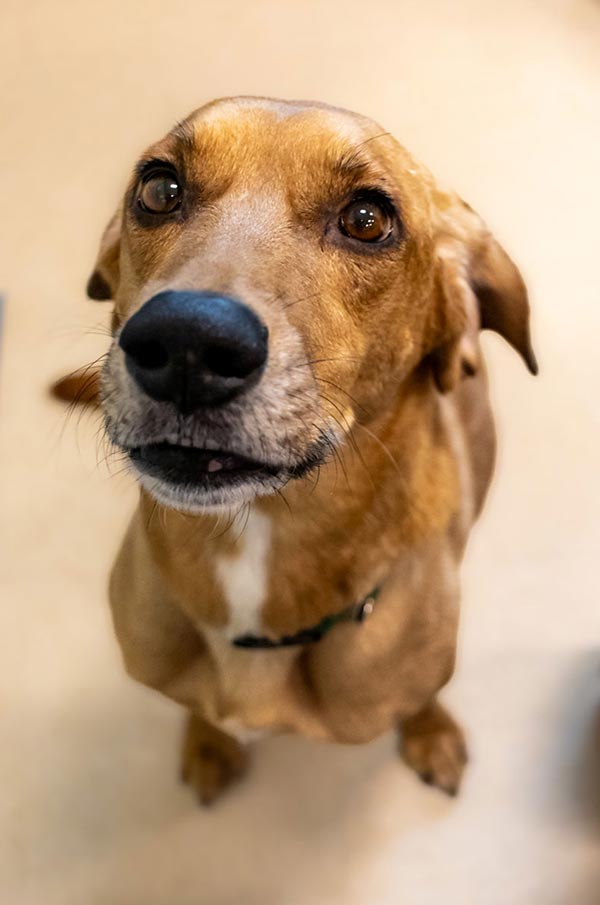Academy of Dog Resource Library
Desensitization: getting your dog used to something slowly
Humans often do not consider strollers or a man with sunglasses scary. To your dog, things of which they have had little experience or knowledge may prompt a fear response.
Desensitization is the process of changing a dog’s association with an object, sound, animal, or person from something scary to something safe. It works by exposing the dog to the scary thing a little at a time and always at a level with which she is comfortable.
Sometimes-undesirable behaviors like barking, growling, lunging, snarling, and snapping, are caused by fear and the need to feel safe. The dog learns that growling or barking will make something move farther away from her.
In such cases, but many people react by punishing the dog. While this sometimes stops the behavior, it’s temporary and does not provide an avenue for the dog to learn positive associations. Nor does punishment change the way the dog behaves amid the “scary” things. If you have ever heard anyone say, “I don’t understand what happened. She seemed fine. Then she bit,” these stories are often about dogs that have been punished for making their discomfort known. Alternatively, were put into situations in which in order to keep themselves safe, had to bite.
When you work to change your dog’s response about something, there are three conditions you can adjust to make sure you stay within her comfort zone. Distance: Put more distance between your dog and the stimulus. Intensity: If it’s a sound, the loudness. At first, keep the sound at a level very low level at first in which the dog barely alerts to the noise. Duration: Keep noise exposures short. Interactions between your dog and whatever is scaring her short. A few seconds is a good place to start. THE DESENSITIZATION PROCESS TAKES WEEKS, IF NOT MONTHS, TO BE EFFECTIVE, DEPENDING ON THE SITUATION.
If your dog shows any sign of discomfort (pulling away, ducking, barking), adjust one or more of the conditions: Get further away, lower the sound level or shorten the time your dog spends in the situation.
Dogs often need to be desensitized to unfamiliar adults wearing uniforms, hats, sunglasses, beards. People with strollers, shopping carts/bags, umbrellas, crutches, canes, or walkers. Other dogs, horses. Joggers, bicycles, skate boards. Vacuum cleaners, blenders, doorbells, back-up warning alerts on trucks, and garage doors.
Please contact our public training department for assistance from a trainer in developing a program to help your dog learn.
